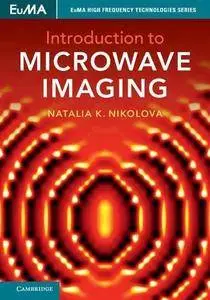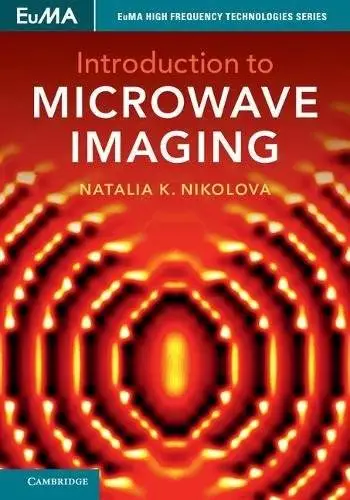Introduction to Microwave Imaging
Cambridge | English | July 2017 | ISBN-10: 110708556X | 362 pages | PDF | 10.3 mb
Cambridge | English | July 2017 | ISBN-10: 110708556X | 362 pages | PDF | 10.3 mb
by Natalia K. Nikolova (Author)
With this self-contained, introductory text, readers will easily understand the fundamentals of microwave and radar image generation. Written with the complete novice in mind, and including an easy-to-follow introduction to electromagnetic scattering theory, it covers key topics such as forward models of scattering for interpreting S-parameter and time-dependent voltage data, S-parameters and their analytical sensitivity formulae, basic methods for real-time image reconstruction using frequency-sweep and pulsed-radar signals, and metrics for evaluating system performance. Numerous application examples and practical tutorial exercises provided throughout allow quick understanding of key concepts, and sample MATLAB codes implementing key reconstruction algorithms accompany the book online. This one-stop resource is ideal for graduate students taking introductory courses in microwave imaging, as well as researchers and industry professionals wanting to learn the fundamentals of the field
Review
Advance praise: 'Natalia Nikolova has created an outstanding, self-contained resource for students, researchers and practitioners in the field of microwave imaging. The clarity, depth, and breadth of this masterful treatise are hallmarks of her exceptional talents as a distinguished researcher and educator. She leads the reader through a compelling landscape of field theory, computational electromagnetics, and technology to the cutting edge of microwave imaging. This book is a 'must read' for students and experts alike.' Wolfgang J. R. Hoefer, University of Victoria
Advance praise: 'In this reference book, Natalia Nikolova has opportunely and comprehensively gathered together different microwave image reconstruction algorithms as resulting from various processing options of Maxwell's equations, in frequency or time domains. As such, it constitutes an extremely useful toolbox with practical operating guidance enabling all those, firstcomers, students or experienced researchers and engineers, faced with microwave imaging applications to select the best suited algorithm for their test cases, implement it on a computer and, finally, evaluate its performance according to different image quality criteria.' Jean-Charles Bolomey, Université de Paris XI



